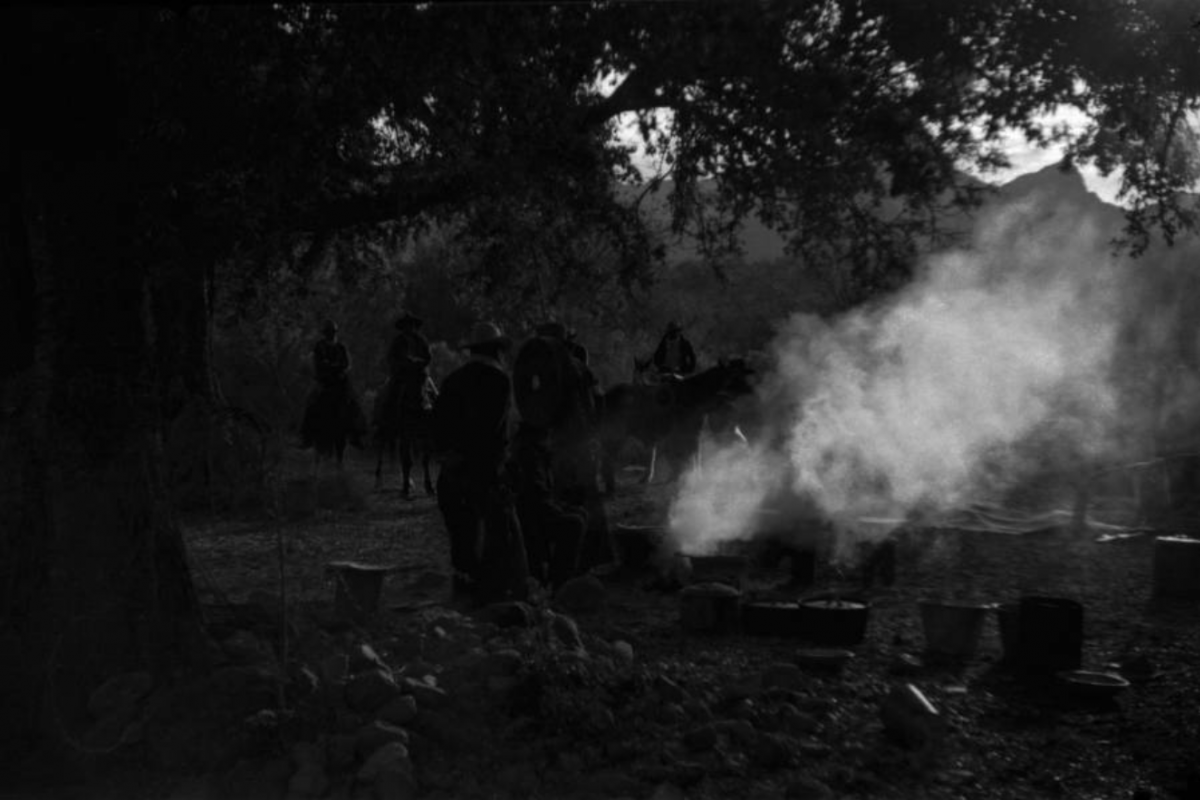Rosamund Spicer Tohono O'odham Photographs

Rosamund Spicer Tohono O'odham Photographs
Rosamond Spicer (1913-1999) received a bachelor's degree in archaeology from Northwestern University in 1934 and a Master's degree in anthropology from the University of Chicago in 1938. She lived on the Tohono O'odham Reservation, previously known as the Papago Reservation, from October, 1942, to July, 1943. The photos were taken as part of the Bureau of Indian Affairs (BIA) and the University of Chicago Committee on Human Development Indian Education and Research Project. The results of this project were discussed in The Desert People, written by Spicer, Alice Joseph, and Jane Chesky. The majority of the photos were taken by Rosamond in Topawa, Arizona, where Rosamond lived in the Feast House with her young son Barry. The photos are a mix of representations of everyday life on the reservation and special events such as Rodeo and religious processions. Descriptions of the photos come from an index typed up by Rosamond Spicer in 1994, information she wrote on the back of prints, and from Tohono O'odham members. Most dates, photographers, and names of subjects are listed, but some are unknown. In addition to her time spent on the reservation in the early 1940's, Spicer visited again in the 50's and 60's, and continued to gather photos of the Tohono O'odham taken by others.
According to The Desert People, the Tohono O'odham reservation held about 5,900 residents at the time of the study. Populations ranged from anywhere to 1,200 in the Sells district to 250 in the Gu Vo district. An additional 200 lived in the Gila Bend reservation, and almost 500 at the San Xavier reservation. The remaining of the almost 7,000 strong population lived off-reservation. At the time Rosamond was living on the reservation, many families still worked as farmers and ranchers, and two villages still migrated annually from the fields to the foothills. However, more and more were finding off reservation work in mines or on nearby farms, or they found government employment. Most followed Roman or Sonoran Catholicism, but the Presbyterian Church had a strong following as well. Schools were typically run by the BIA or Catholics, however, there were no secondary schools on the reservation. Only government or Catholic boarding schools off reservation were available for higher education. English was taught in schools, but it was not the predominate language on the reservation at this point, with only a third of adults able to speak it. Sells, as now, was the seat of the government in the early 1940's. The tribal council was in charge of arts and crafts, the tribal fair and rodeo, loans, the tribal herd, and administering tribal law. However, at this time the Tohono O'odham could still not vote, and they did not own the rights to the minerals under their land.
Joseph, Alice, Rosamond B. Spicer, and Jane Chesky. The Desert People. Chicago, IL: The University of Chicago Press, 1949.



